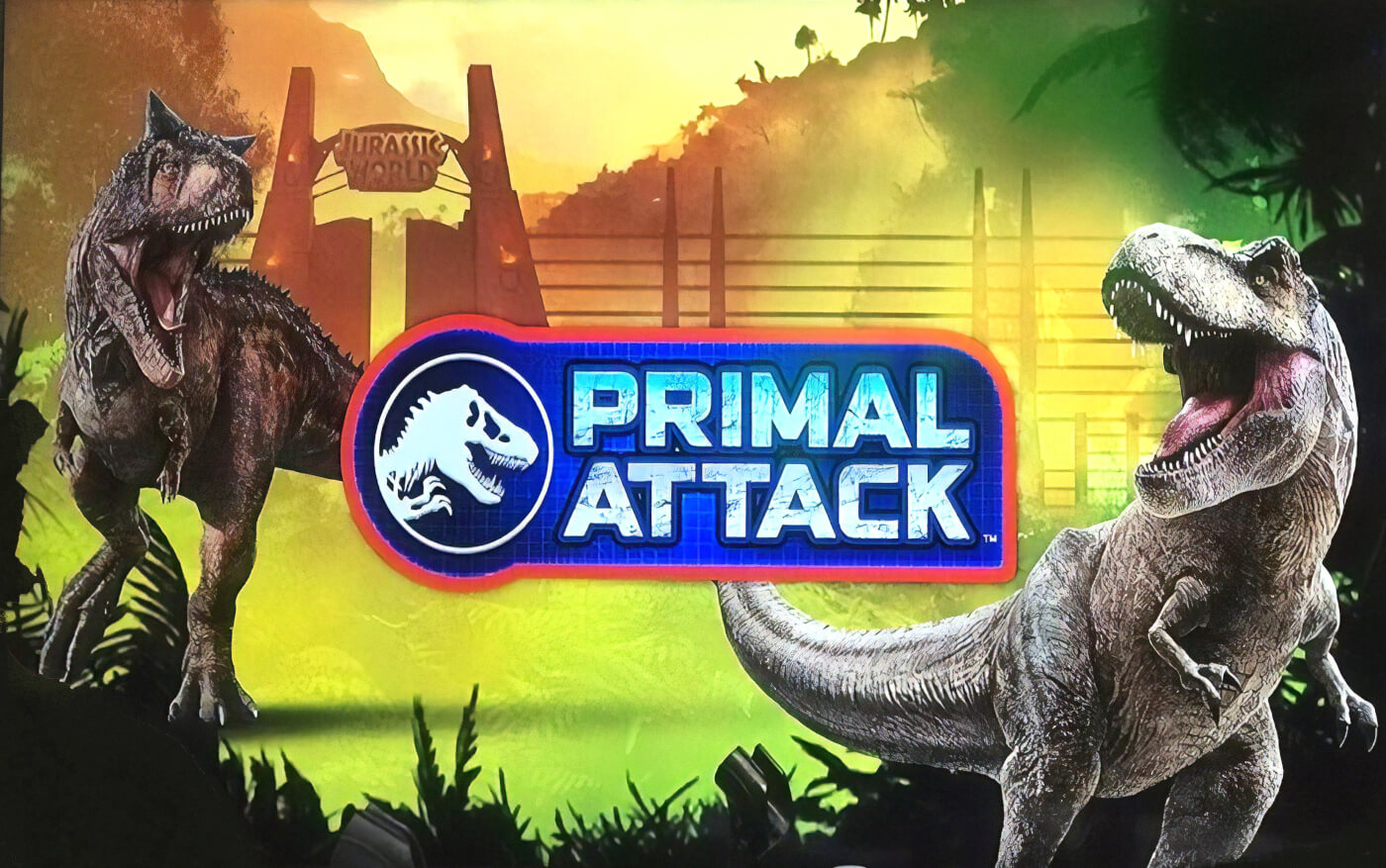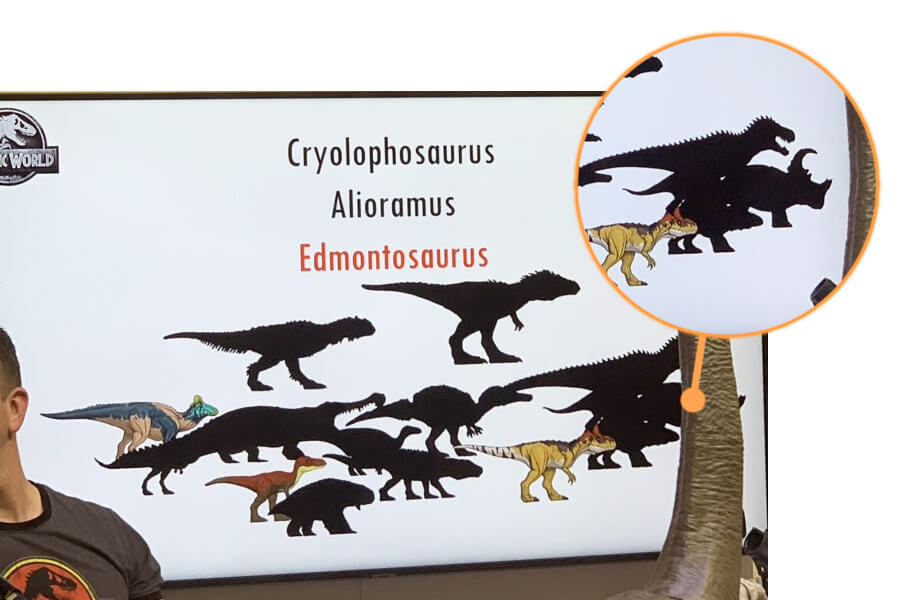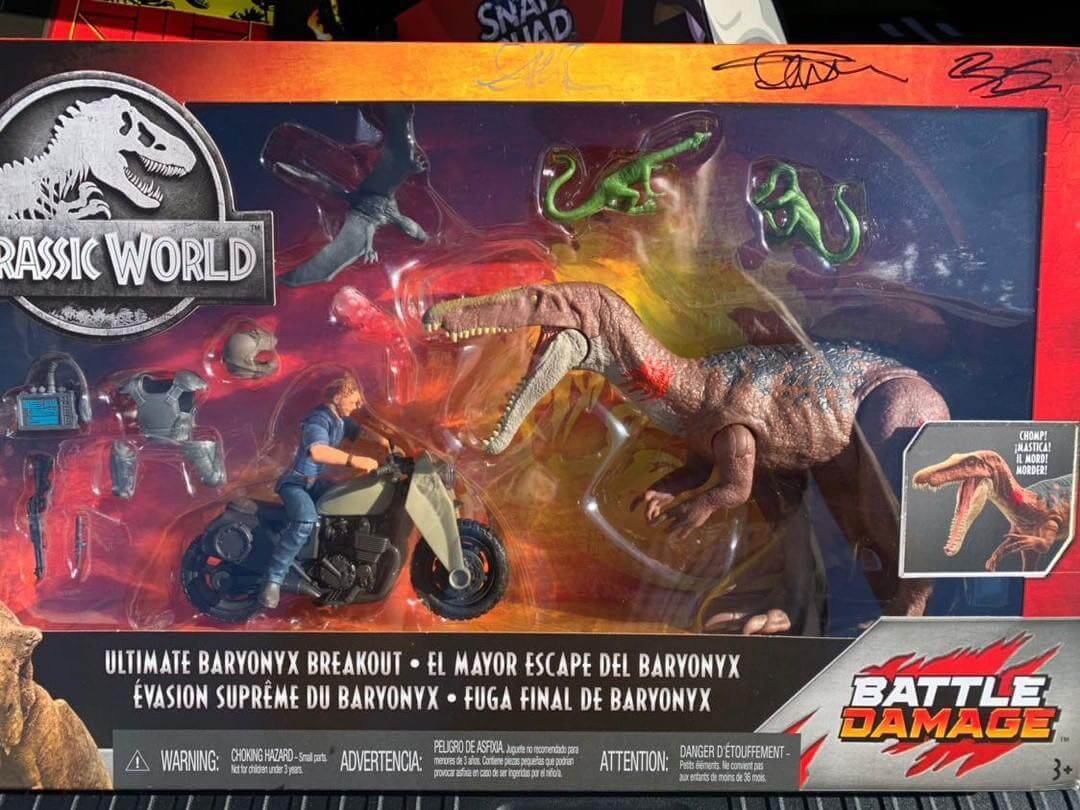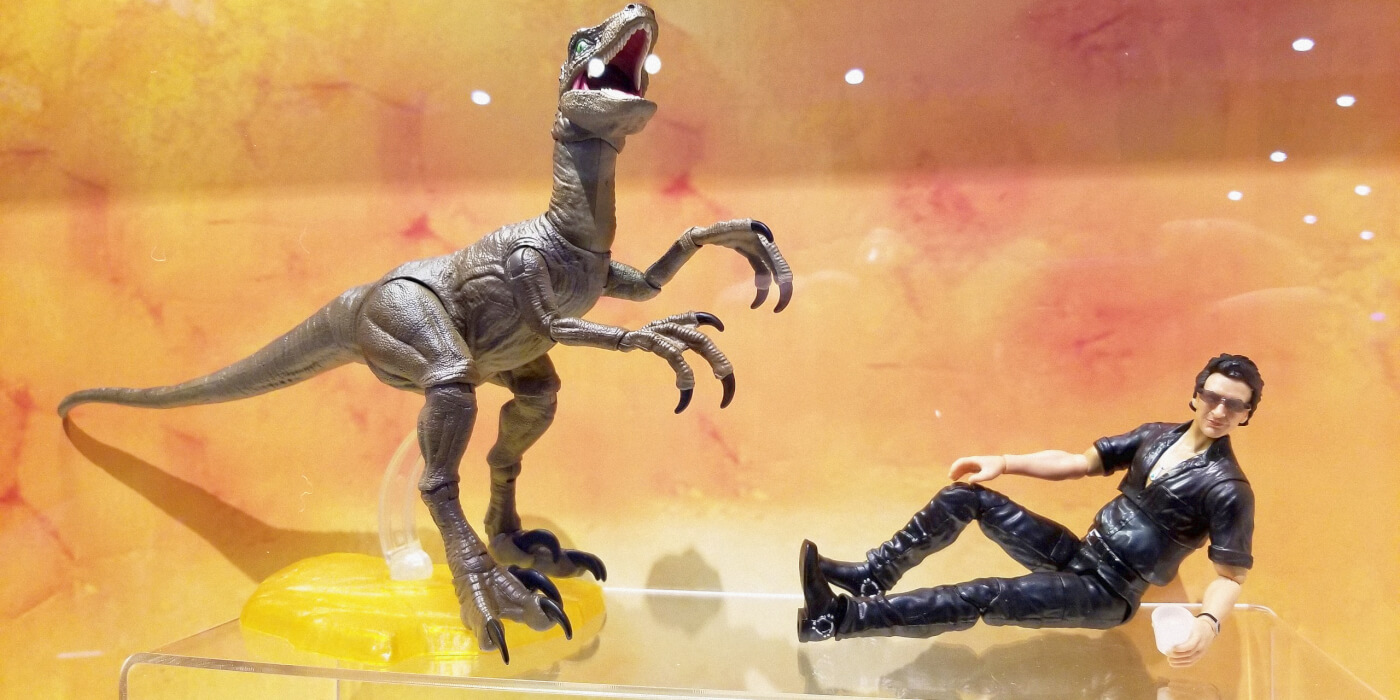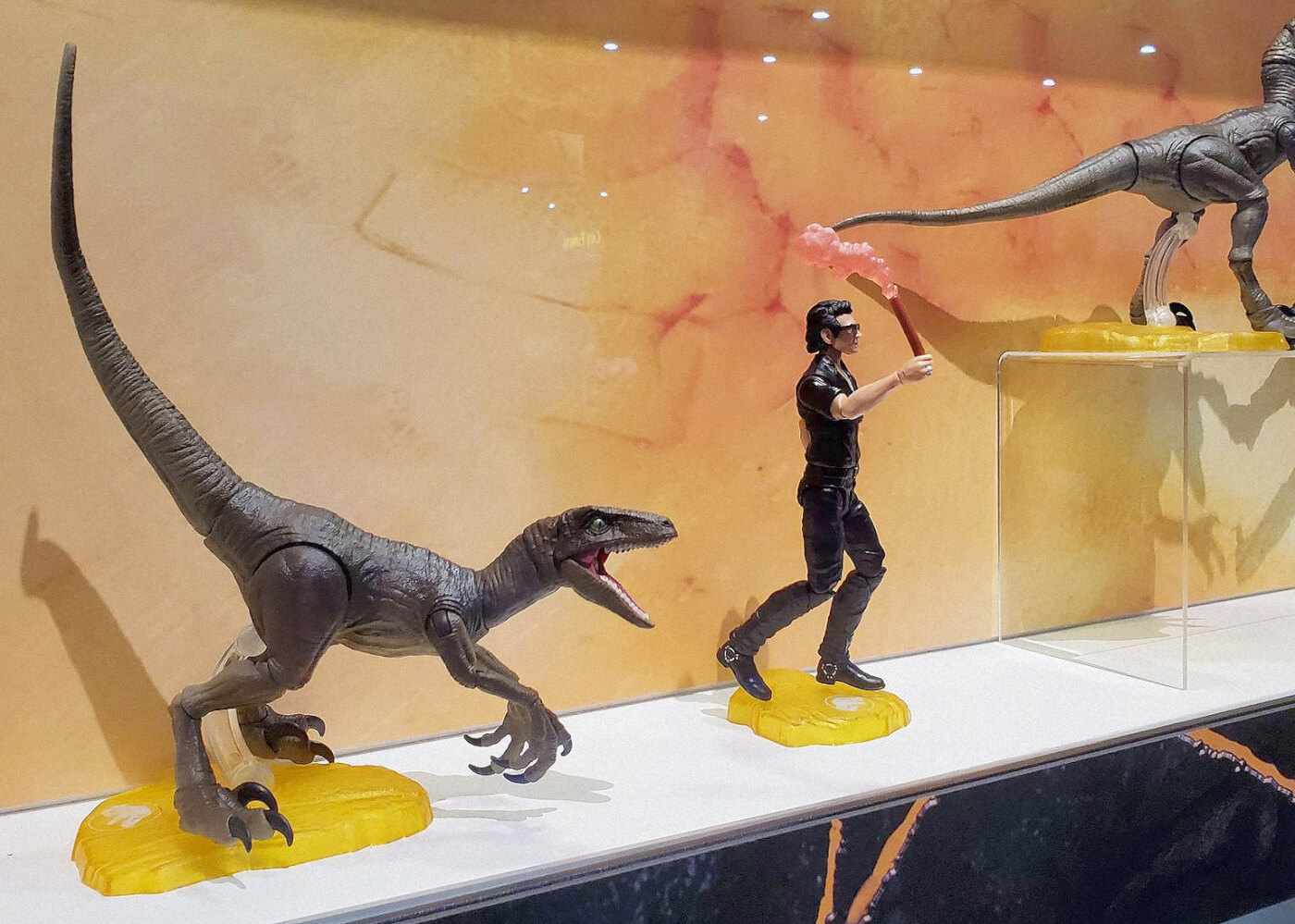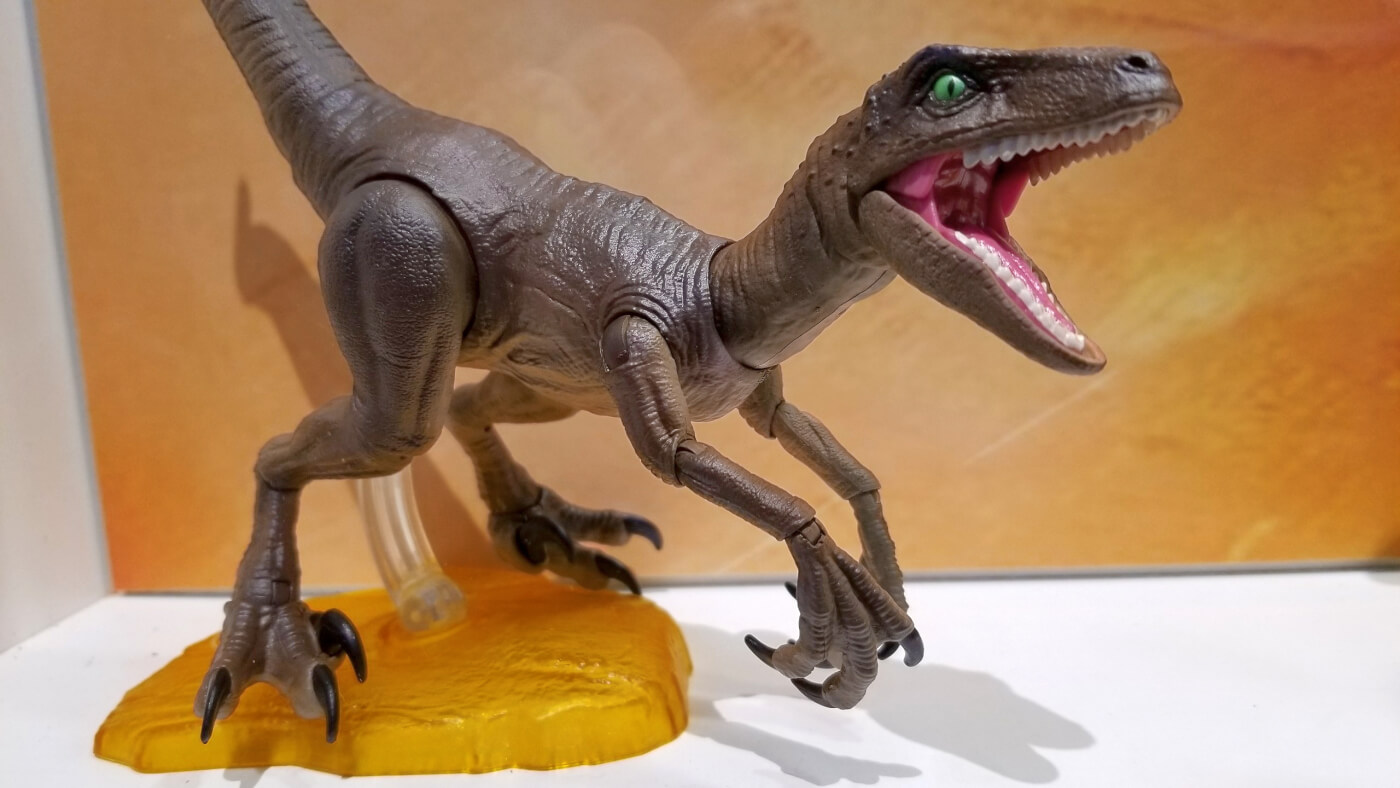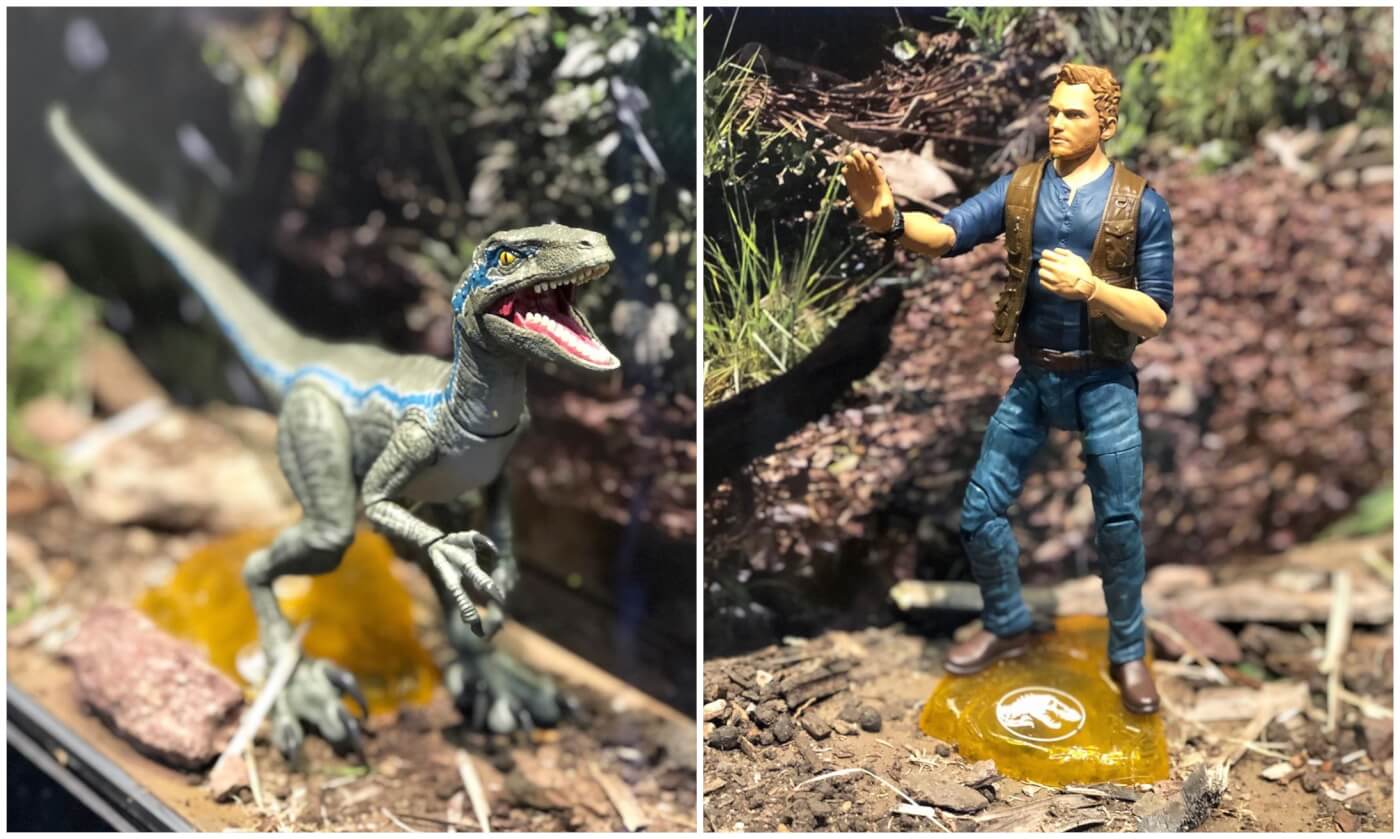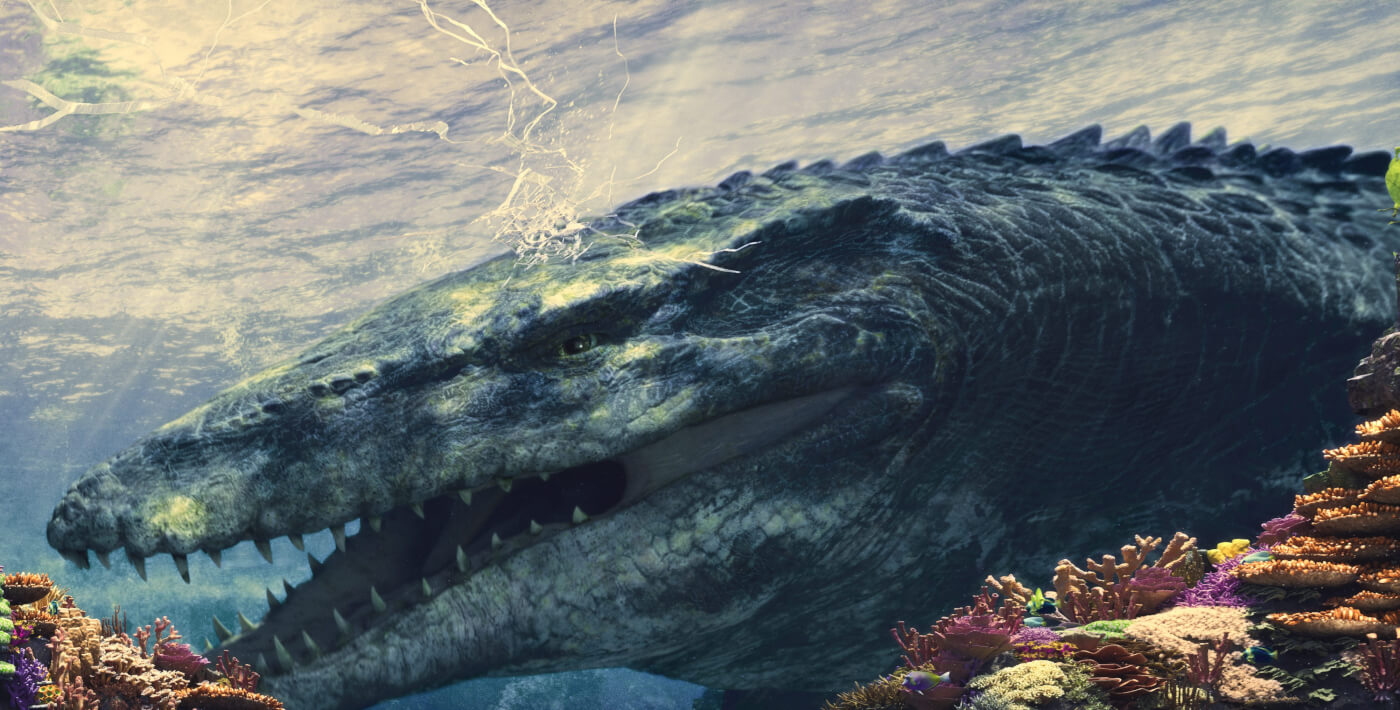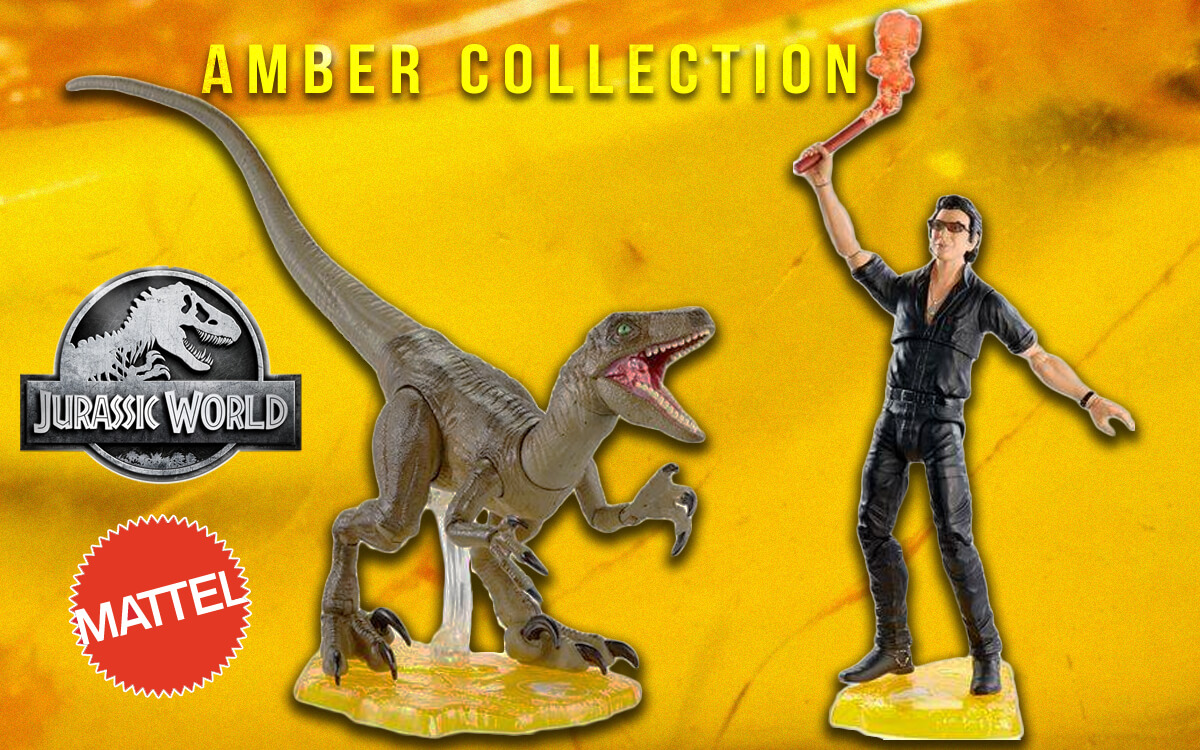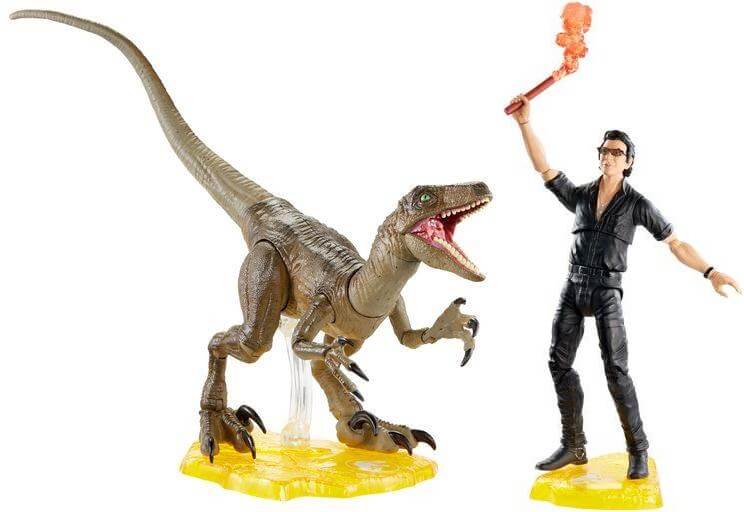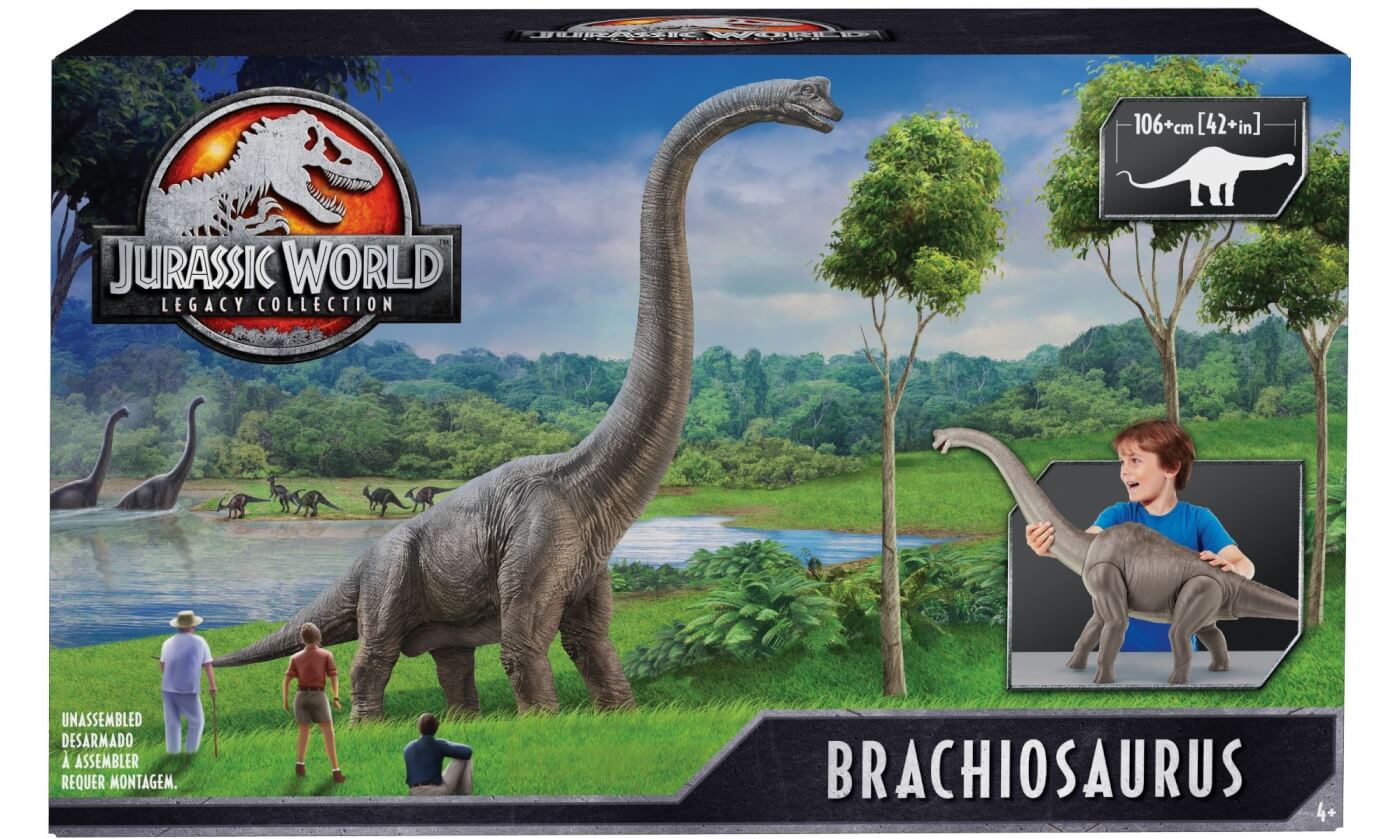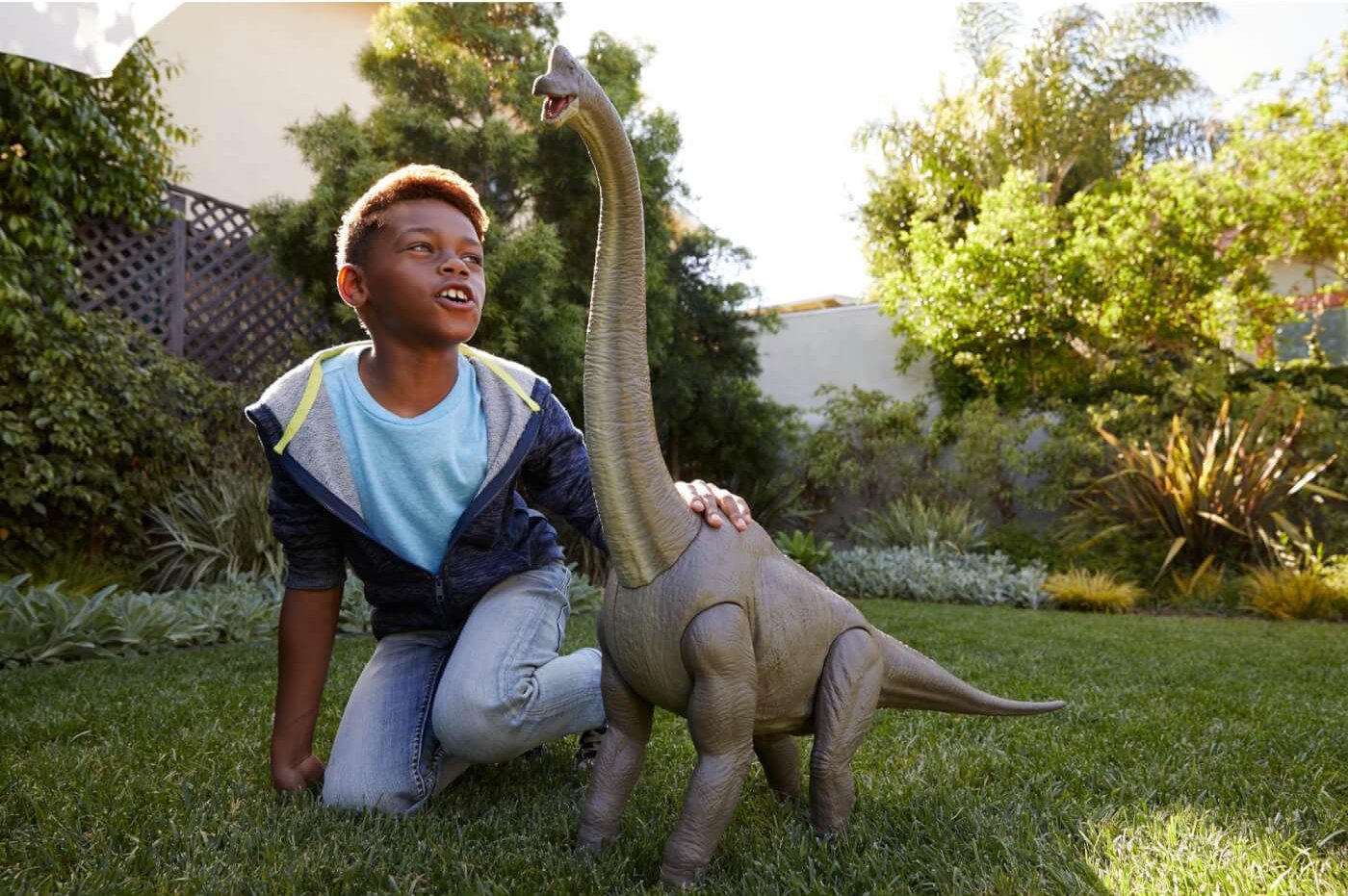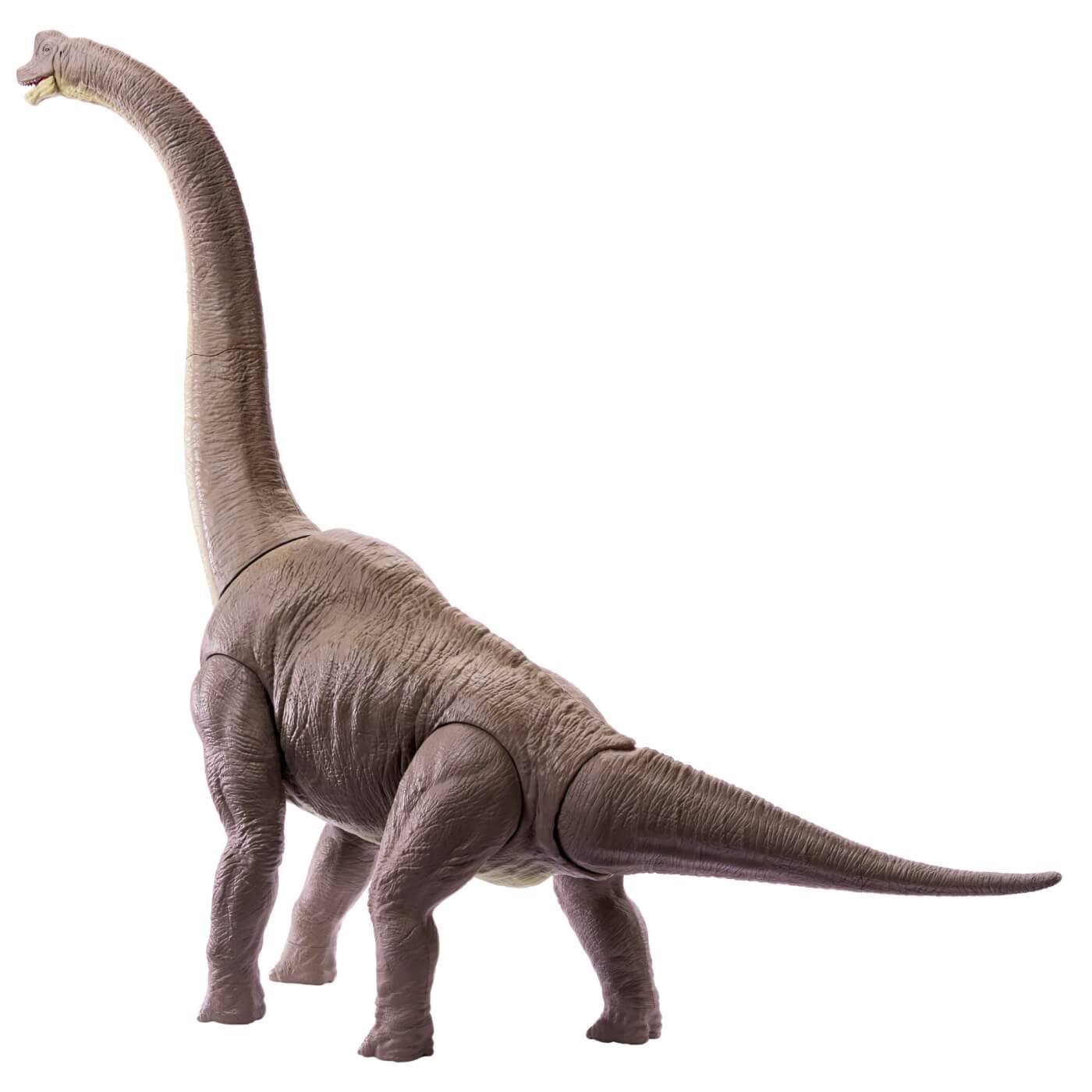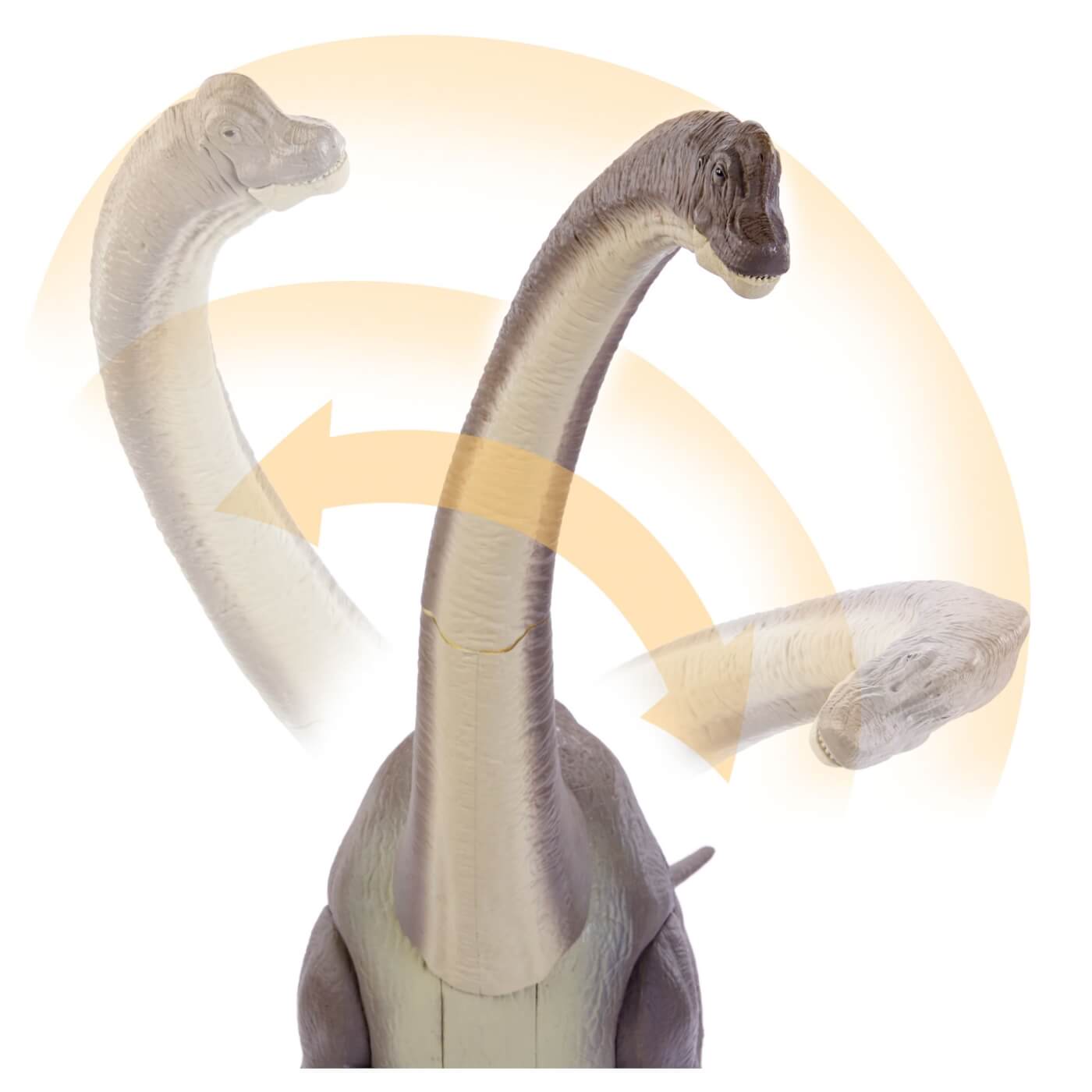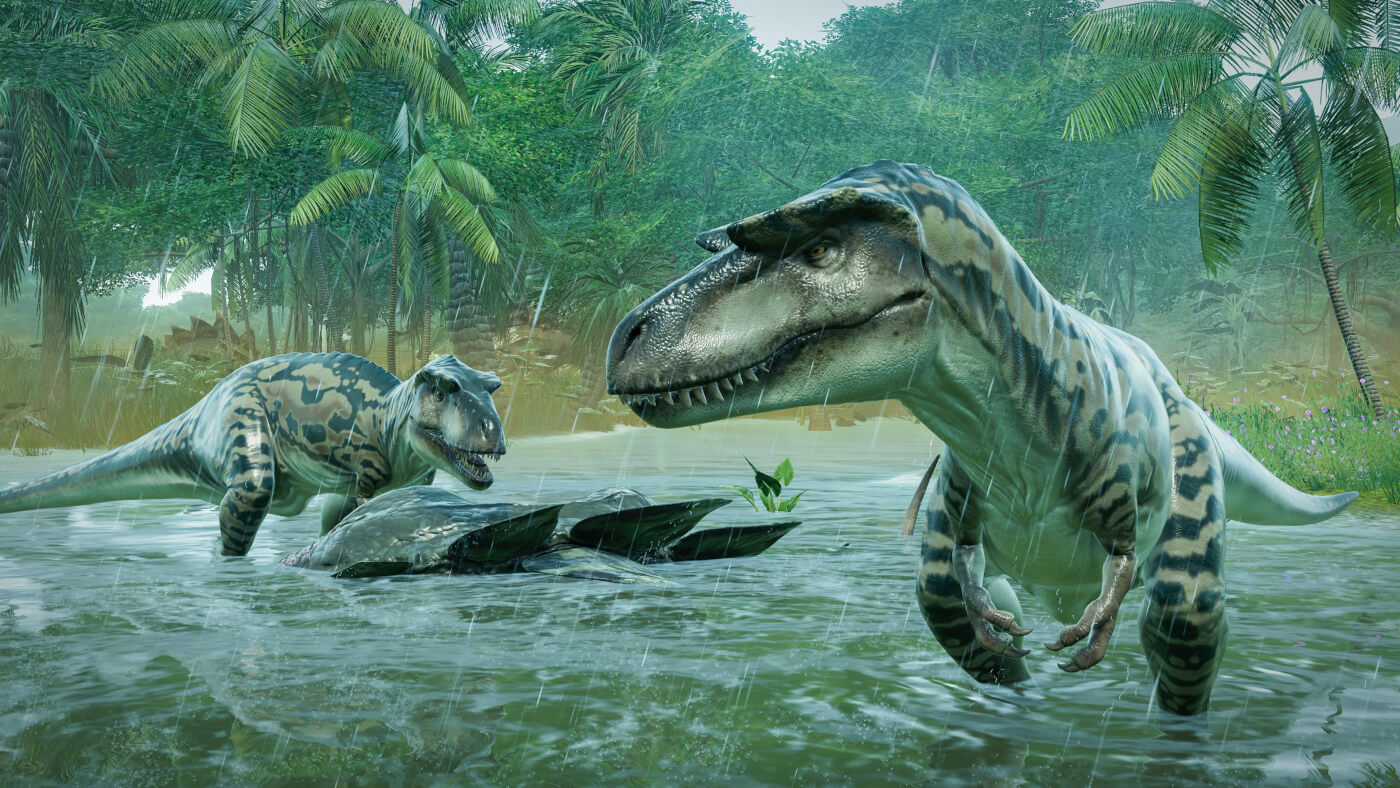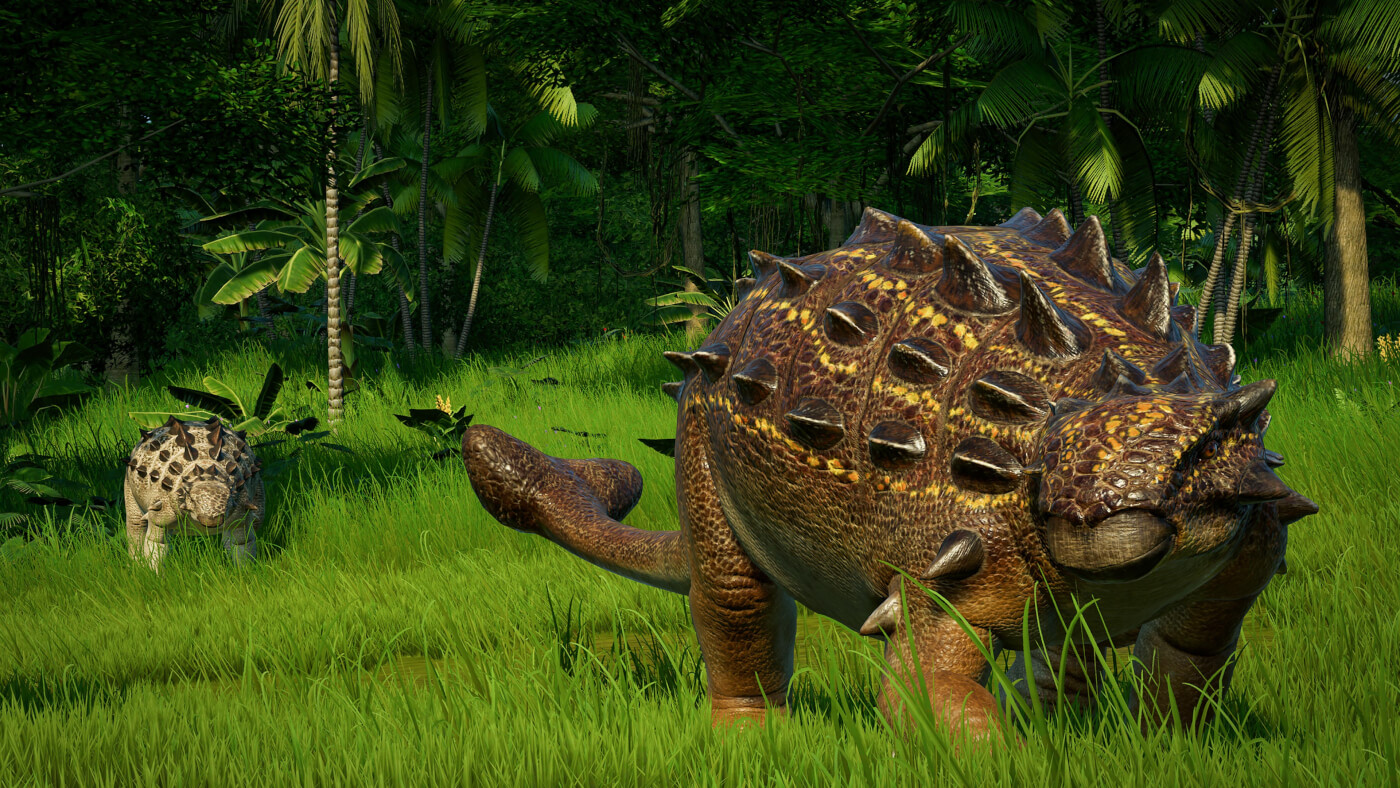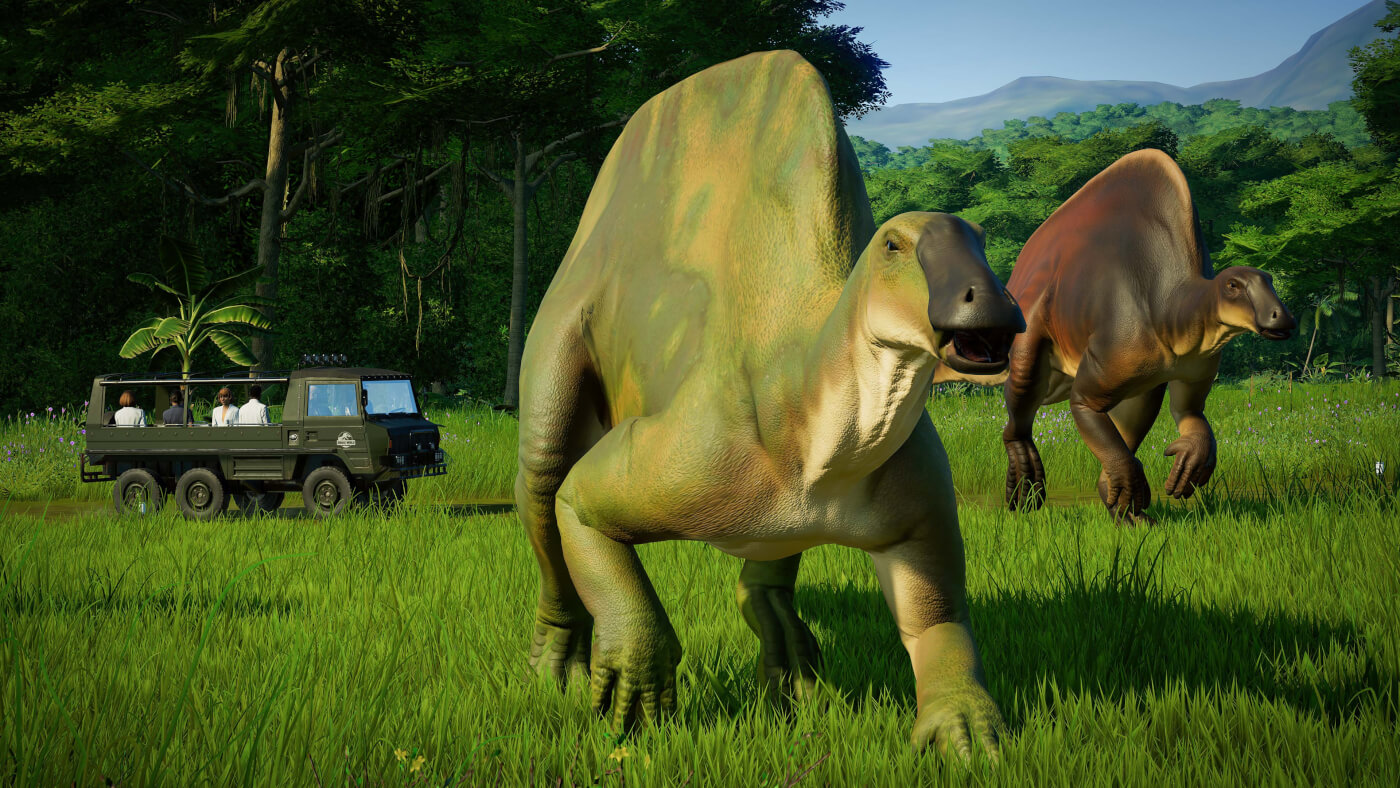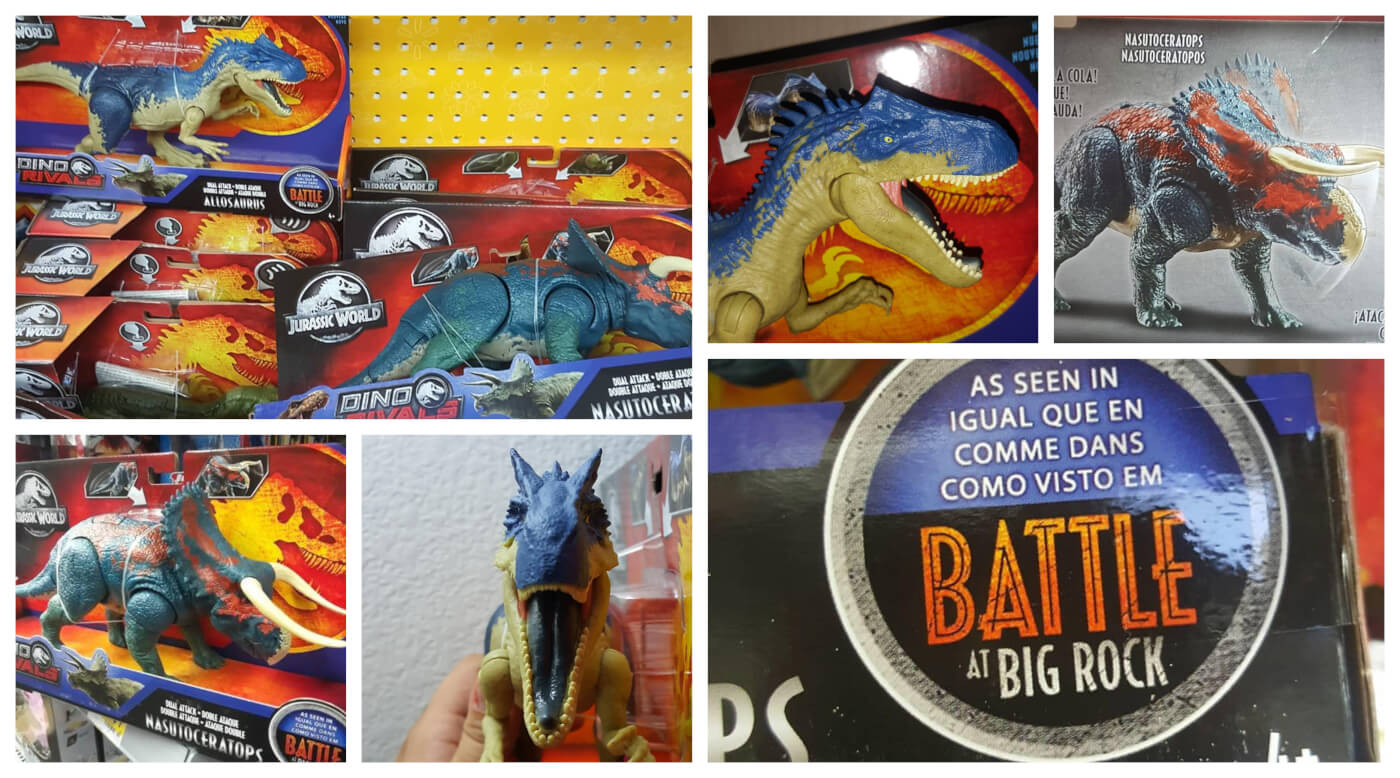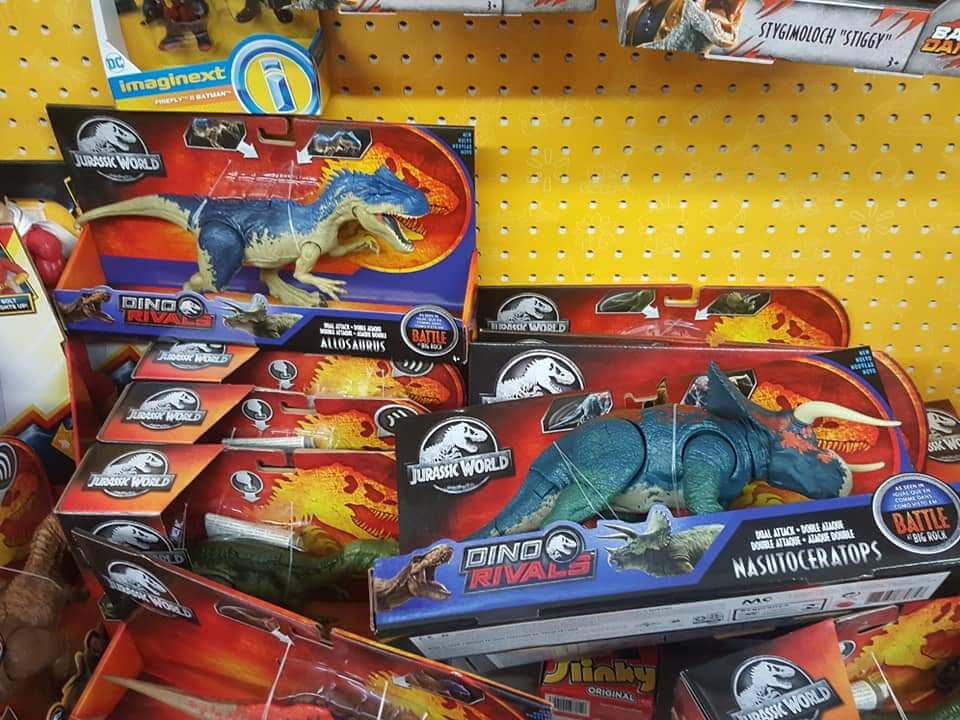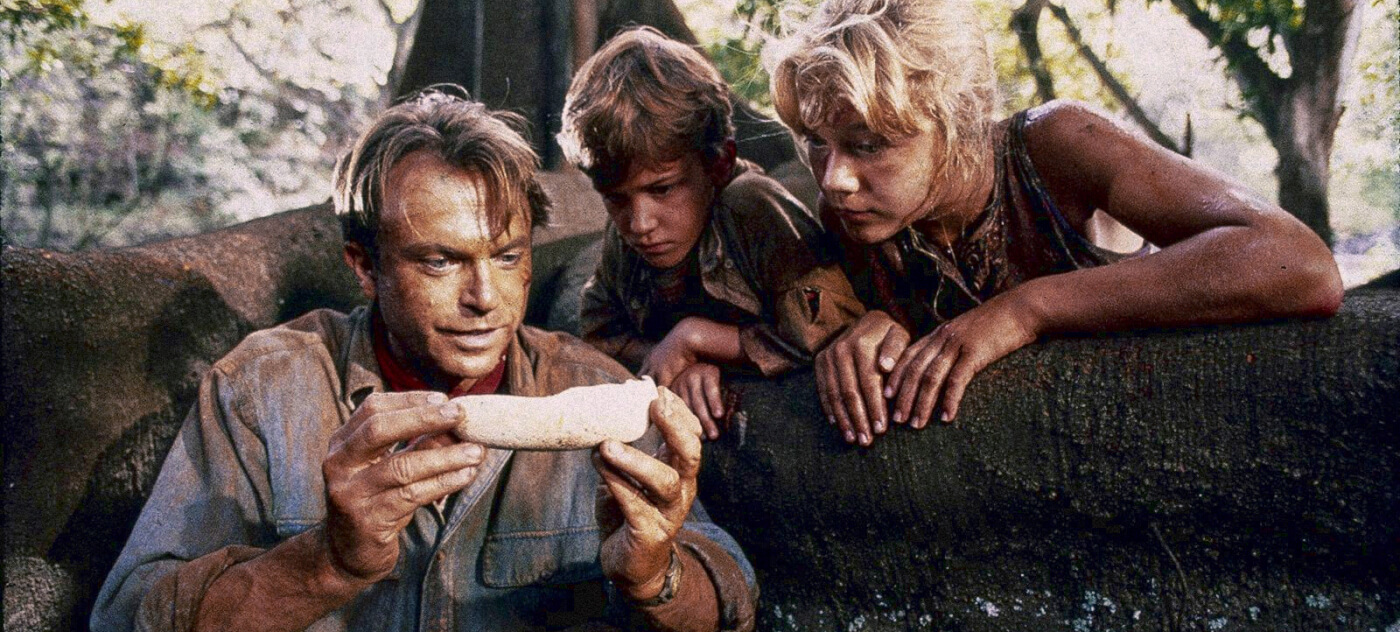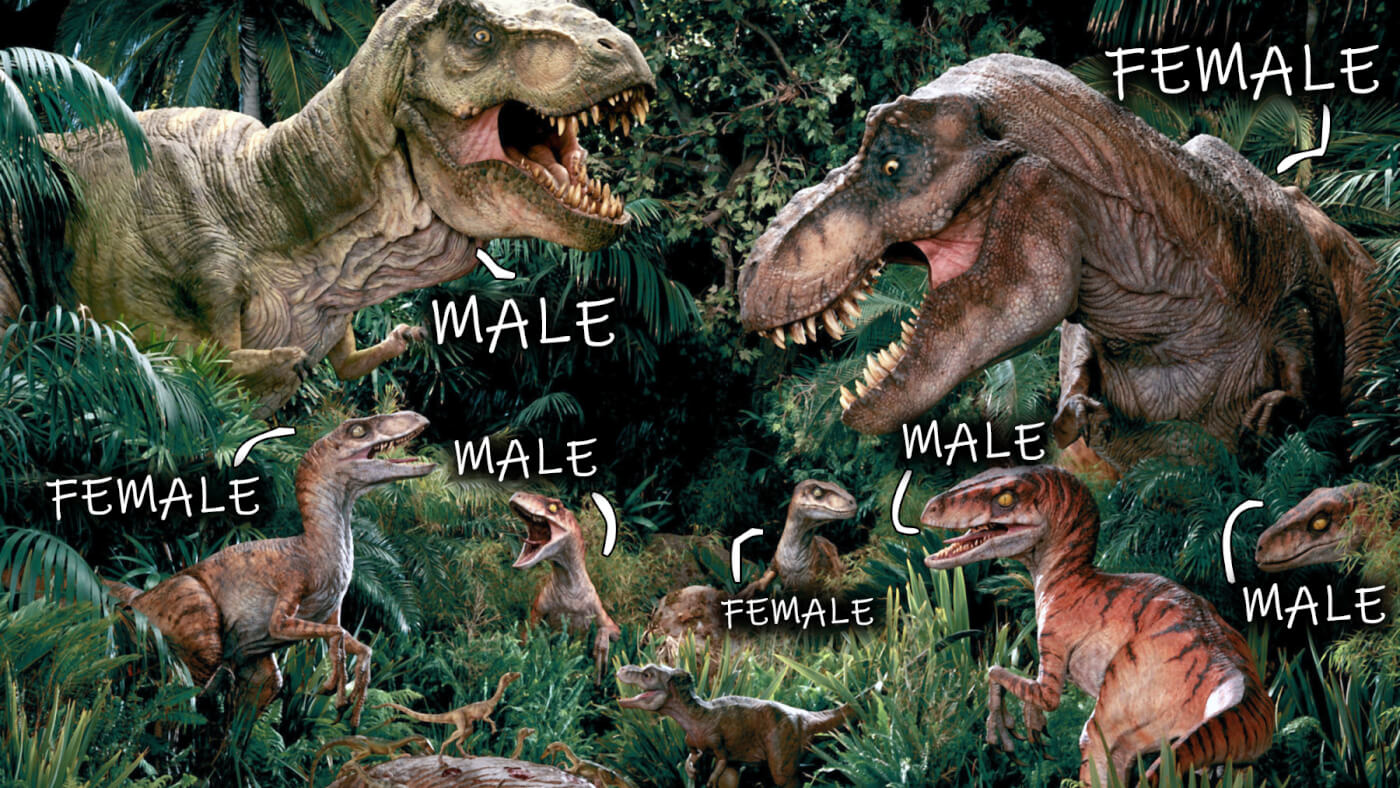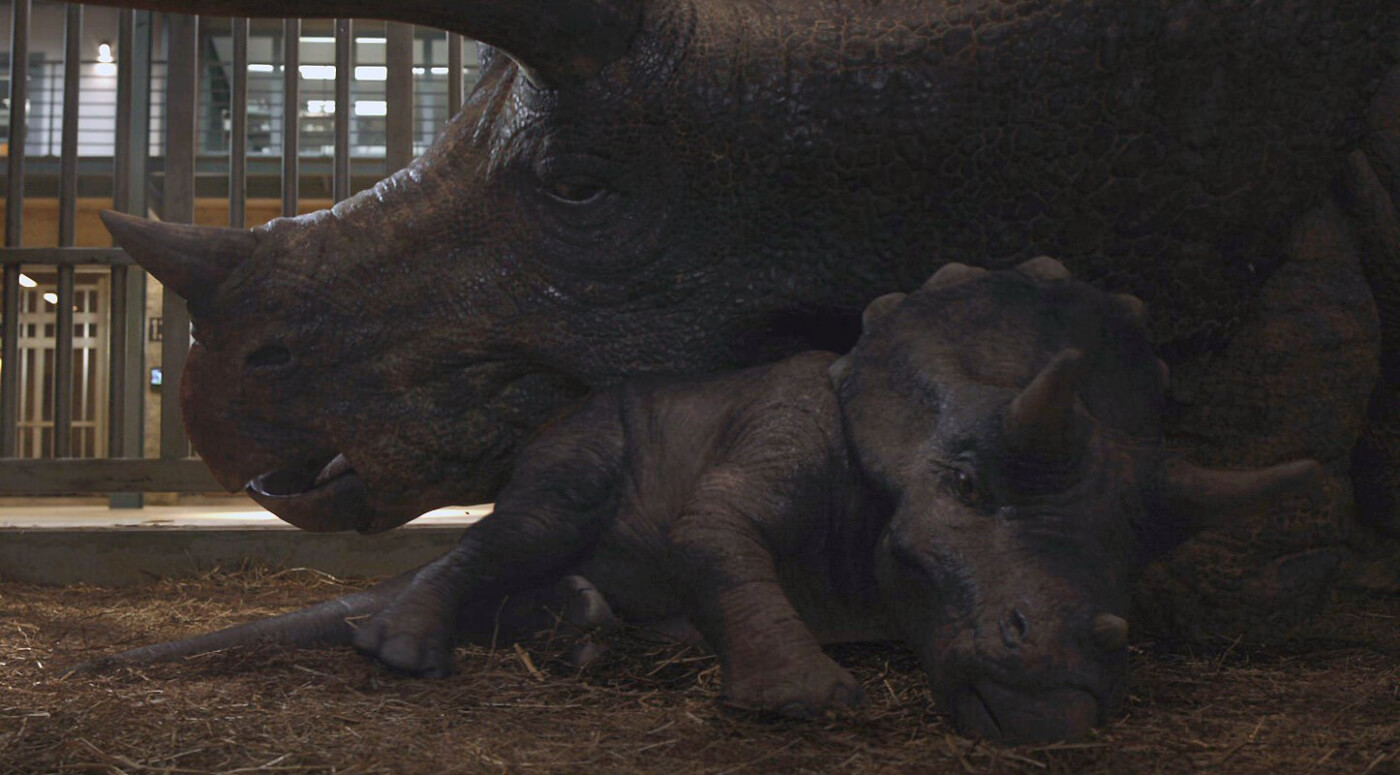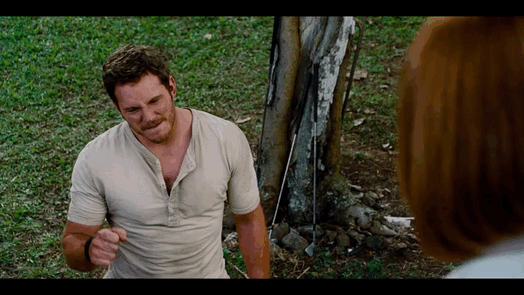This week will be an exciting one for fans of Mattel’s Jurassic World toy line – we and our friends at Collect Jurassic have a whole suite of reveals planned that revolve around the upcoming range. Today’s focus is on the Jurassic World Amber Collection, the upcoming 6 inch scale collectibles line that will be debuting exclusively at Gamestop. While San Diego Comic Con saw the toys official revealed and placed on pre-order on their site, the packaging design was withheld – today that changes!
Take a look at the new reveals below!
Jurassic Park Velociraptor (Female)

Relive the exciting big-screen action with the Jurassic World Amber Collection! This collection spans the film franchise and features highly collectible and extremely posable action figures with authentic decoration and deluxe detail. The Velociraptor dinosaur action figure is inspired by the original Jurassic Park film and captures not only her aggression but her intelligence traits as well. Action figure is approximately 6.5-inches and includes a stand for display. Take home the excitement of Jurassic Park with this exciting Velociraptor dinosaur action figure! Collect other action figures in the Amber Collection! Each figure sold separately, subject to availability. Colors and decorations may vary. For ages 4 and up.
Jurassic World Owen Grady

Relive the exciting big-screen action with the Jurassic World Amber Collection! This collection spans the film franchise and features highly collectible and extremely posable action figures with authentic decoration and deluxe detail. The Owen Grady action figure is inspired by the first Jurassic World film. The action figure is approximately 6.5-inches and includes a stand for display, an extra pair of hands for enhanced play-action plus knife accessorie. Take home the excitement of Jurassic World with this exciting Owen Grady action figure! Collect other action figures in the Amber Collection! Each figure sold separately, subject to availability. Colors and decorations may vary. For ages 4 and up.
(Expected to release early 2020)
Jurassic World Velociraptor Charlie
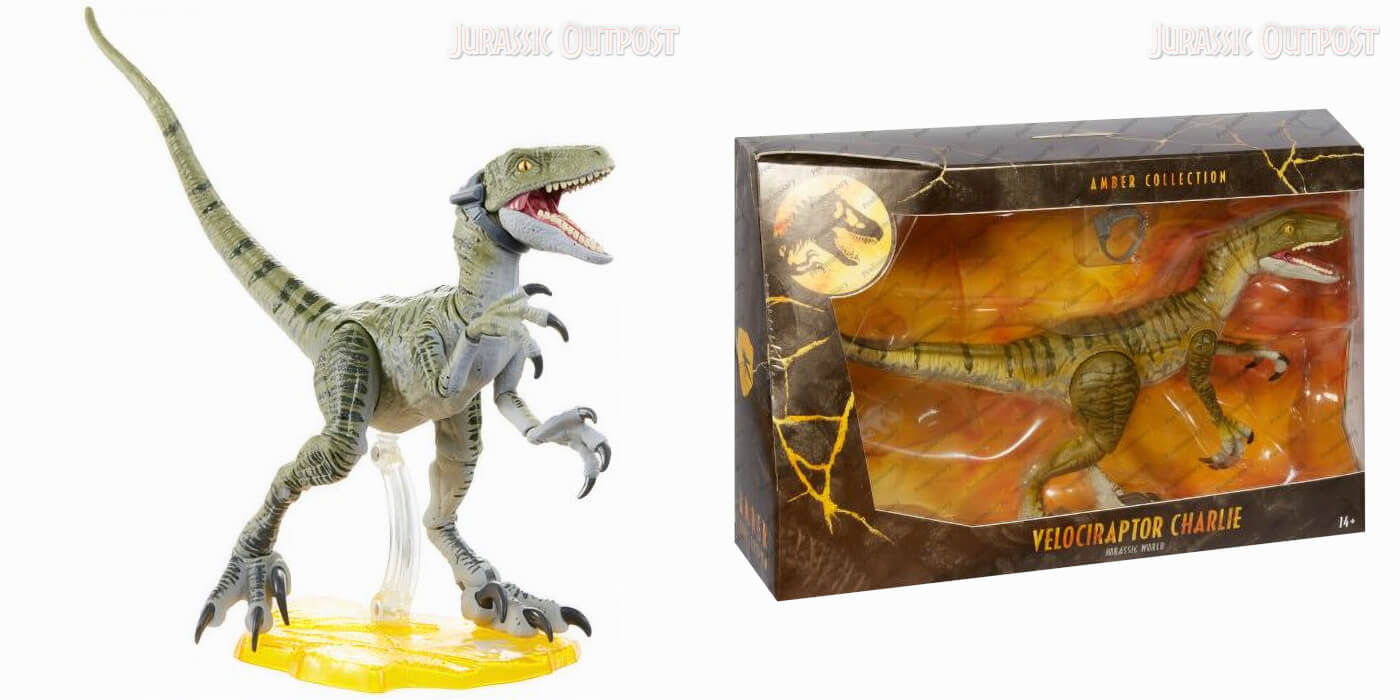
Relive the exciting big-screen action with the Jurassic World Amber Collection! This collection spans the film franchise and features highly collectible and extremely posable action figures with authentic decoration and deluxe detail. The Velociraptor Charlie dinosaur action figure is inspired by the first Jurassic World and captures not only her aggression but her intelligence traits as well. Action figure is approximately 6.5-inches and includes a stand for display plus tactical head gear for expanded play. Take home the excitement of Jurassic World with this exciting Velociraptor Charlie dinosaur action figure! Collect other action figures in the Amber Collection! Each figure sold separately, subject to availability. Colors and decorations may vary. For ages 4 and up.
(Expected to release early 2020)
Jurassic Park Ian Malcolm
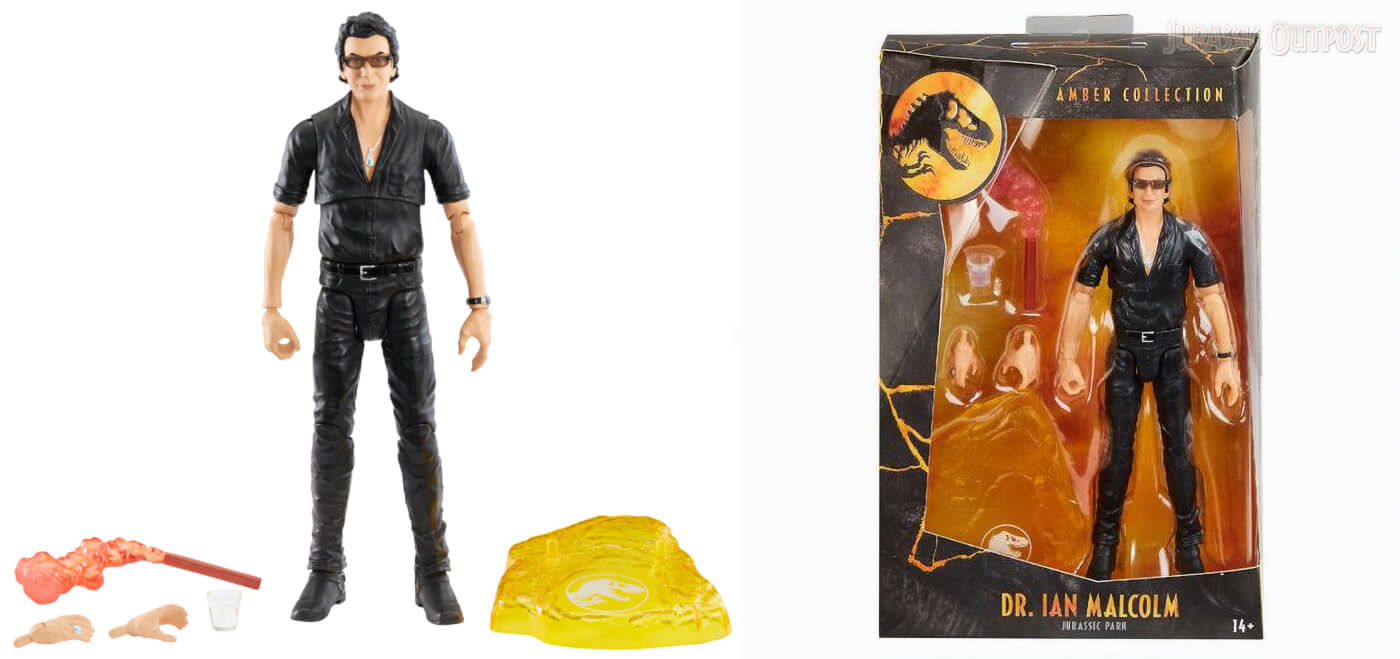
Relive the exciting big-screen action with the Jurassic World Amber Collection! This collection spans the film franchise and features highly collectible and extremely posable action figures with authentic decoration and deluxe detail. The Dr. Ian Malcolm action figure is inspired by the original Jurassic Park film and captures not only his wit and sarcasm but his deep respect for the power of nature. The action figure is approximately 6.5-inches and includes a stand for display, an extra pair of hands for enhanced play-action plus flare and water cup accessories. Take home the excitement of Jurassic Park with this exciting Dr. Ian Malcolm action figure! Collect other action figures in the Amber Collection! Each figure sold separately, subject to availability. Colors and decorations may vary. For ages 4 and up.
Jurassic World Fallen Kingdom Velociraptor Blue
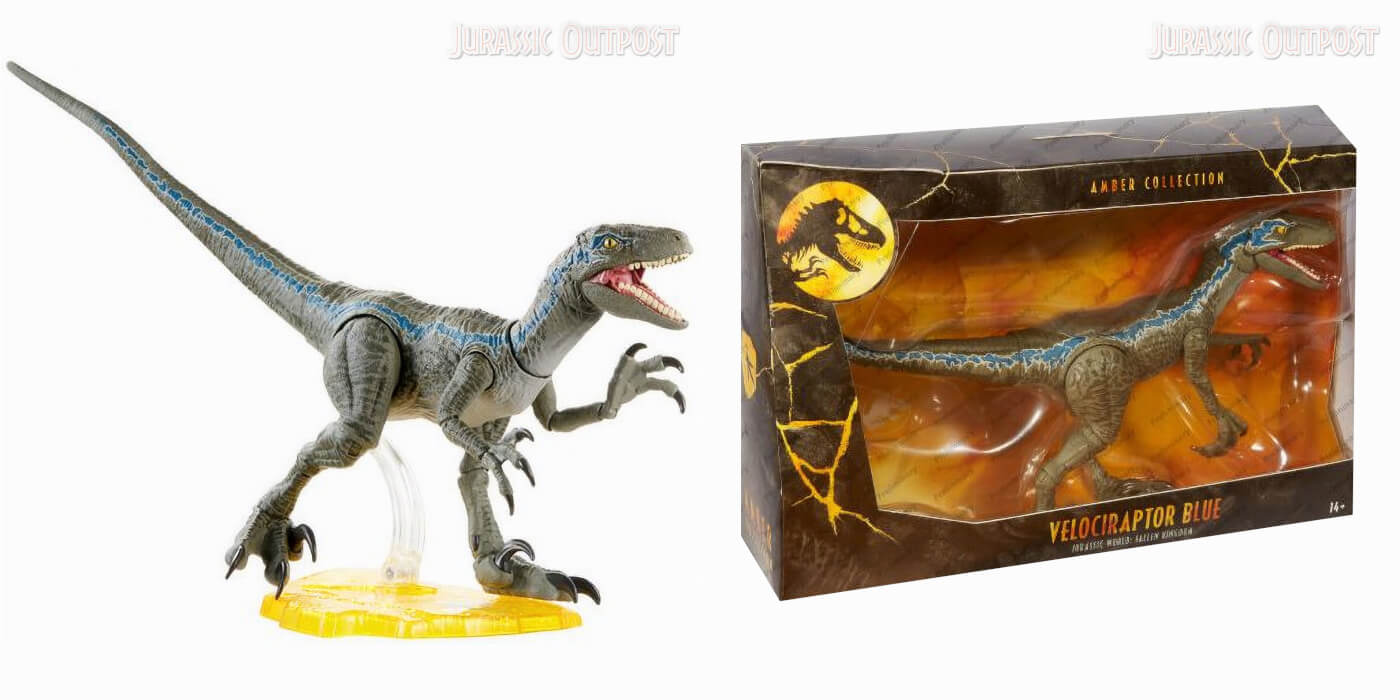
Relive the exciting big-screen action with the Jurassic World Amber Collection! This collection spans the film franchise and features highly collectible and extremely posable action figures with authentic decoration and deluxe detail. The Velociraptor Blue dinosaur action figure is inspired by Jurassic World Fallen Kingdom and captures not only her intelligence but her aggressive traits as well. Action figure is approximately 6.5-inches and includes a stand for display. Take home the excitement of Jurassic World with this exciting Velociraptor Blue dinosaur action figure! Collect other action figures in the Amber Collection! Each figure sold separately, subject to availability. Colors and decorations may vary. For ages 4 and up.
(Expected to release early 2020)
—–
Perhaps the most exciting parts of the reveals above is the look at the Amber Collection box art, which takes a more minimalistic and streamlined approach to packaging design, though is more complex in texture detail when compared to the Star Wars Black Series from Hasbro. One of the choices I like the most is rather than using the complex full film logo, it’s simply the round Rex logo with amber inspired styling, giving the overall presentation a much more refined look.
Velociraptor Charlie is the other big reveal, as she was not announced by Mattel at SDCC, and seems to be planned for release alongside Owen and Blue. While the core 3 3/4″ line didn’t handle the Raptor Squad very well, messing up both Delta’s and Charlie’s colors, the Amber Collection has absolutely nailed it. Her color scheme is complex, accurate, and striking looking.
It’s clear the Amber Collection is shaping up to be a collectors series worthy of Jurassic Park, and we cannot wait to go hands on when the first toys release later this year!
What are your thoughts on the new reveals, and what characters do you hope make it to the Amber Collection in the future? Sound off in the comments below, and stay tuned – we have many more Mattel reveals, including a look at new Primal Attack toys coming later this week!


